In 1930, Polo t-shirts appeared widely on the streets of London as a symbol of rising youth. Before the Polo t-shirt was born, men’s and women’s clothing was completely different and separate. The Polo t-shirt was born to erase the gap between men’s and women’s clothing. With a different design, the Polo t-shirt was born, as a new breeze, it changed the entire culture of distinguishing between men’s and women’s clothing, so it was welcomed by both sexes. And today, Polo t-shirts have become familiar, and well-received by people all over the world of all ages, all genders, and all different professions.
From the very beginning, when they first appeared, Polo shirts fascinate the public not only because of their design but also because of the soft, airy, and stretchy spandex material that brings comfort to the wearer. Today, the material for making Polo t-shirts is still spandex. However, with the development of science and technology, there have been many different types of elastic fabric for making Polo t-shirts, which we will briefly explore below.
Cotton fabric – the perfect material for making Polo t-shirts
As the name suggests, Polo shirts, also known as collared t-shirts, are sewn from spandex fabric.
With the development of science and technology, today, Polo t-shirt fabrics are very diverse, rich in fabric surface as well as fiber composition, from natural to artificial. The most popular types of Polo shirt fabric are as follows
1. Pique fabric:


Pique spandex fabric is a knitted fabric, with a woven structure with large meshes, helping to create ventilation for the wearer. Today, 80% of Polo t-shirts (collared t-shirts) are sewn from this pique, because this fabric is thick and compatible with the thickness of the collar, so when it comes to the shirt, it will be sturdy, luxurious, and comfortable. spectacular.
Early Polo shirts were also made from this fabric, developed by the company Lacoste. In Vietnam, pique fabric is called crocodile fabric, derived from Lacoste’s famous crocodile embroidered t-shirt fabric, in addition to pique fabric with large meshes like crocodile skin, should be called crocodile fabric.
Crocodile fabric has many different fabric lines, depending on the fiber composition, elasticity, surface treatment of the fabric after weaving, and fabric weight,…
– Into the fiber composition: Crocodile fabric is woven from 100% cotton, or 65% cotton + synthetic, 35% cotton + synthetic, synthetic fibers
– Crocodile fabric is woven to have different stretches: 4-way stretch, 2-way stretch
– Crocodile fabric has different fabric weights such as 1kg = 2m, 1kg = 1.8m; 1kg = 1.6m,…
– The pique spandex fabric is knitted according to the technology of tube rolling or needle threading, with the hair-cutting treatment of the fabric,…
– Pique fabric with coarser mesh, larger and heavier fabric will be called shark spandex
Thus, when the fabric has different fabric surfaces + different fabric compositions + different elasticity + …. will have different pique spandex fabric to make Polo t-shirts.
2. Jersey Fabric:


Jersey is a knitted fabric, also used to make Polo shirts. This is an elastic fabric with a smooth surface, sealed, and lighter weight than Pique fabric. Polo t-shirt made from jersey fabric provides comfort to the wearer because of their lightness, breathability, and stretch.
Just like pique, jersey fabric also has different types due to different fiber compositions such as 100% cotton, 65% cotton, 35% cotton, man-made fiber, or different elasticity such as stretch 4-way, 2-way stretch.
Jersey fabrics are also available with a trim treatment or left alone. Jersey fabric is also available in different thicknesses/thin fabric to cater to fashion needs.
With different fabric surfaces + different fabric compositions + different elasticity, we will have different jersey fabrics to make Polo t-shirts.
The above is general information about the types of Polo shirt fabric, you can refer to the article for more information in the article or contact us, at Printlonestar to advise customers on suitable uniform Polo shirts.



 T-shirts
T-shirts
 Polo T-shirts
Polo T-shirts
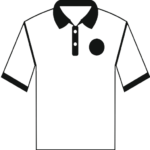 Embroidery
Embroidery
 Sweatshirts & Hoodies
Sweatshirts & Hoodies
 Women's clothing
Women's clothing
 Kid's clothing
Kid's clothing
 Hats
Hats
 Featured Brand
Featured Brand
 Bar & Restaurant
Bar & Restaurant
 Construction
Construction
 Conventions / Expos
Conventions / Expos
 Medical
Medical
 Nails / beauty salon ..
Nails / beauty salon ..
 Events & Celebrations
Events & Celebrations
 4th of July
4th of July
 Black History Month
Black History Month
 Christmas
Christmas
 Fathers Day
Fathers Day
 Halloween
Halloween
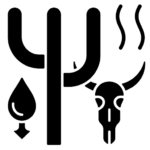 Animal Causes
Animal Causes
 Autism
Autism
 Cancer
Cancer
 Non-Profits
Non-Profits
 Walks / Runs / Marathons
Walks / Runs / Marathons
 Sports & Teams
Sports & Teams
 Baseball
Baseball
 Basketball
Basketball
 Badminton
Badminton
 Bowling
Bowling
 Hockey
Hockey
 College
College
 Clubs / Organizations
Clubs / Organizations
 College Sports
College Sports
 Departments
Departments
 Greek Life
Greek Life
 Homecoming
Homecoming
 Real Life Heroes
Real Life Heroes
 Air Force
Air Force
 Army
Army
 Coast Guard
Coast Guard
 Medical Staff
Medical Staff
 Fire Department
Fire Department
 K-12 Schools
K-12 Schools
 Chorus and Choir
Chorus and Choir
 Class Of
Class Of
 Dances & Prom
Dances & Prom
 Drama
Drama
 Clubs
Clubs
 Bible School
Bible School
 Church Youth Groups
Church Youth Groups
 Mission Trips
Mission Trips
 Meditation
Meditation


































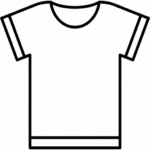 Short Sleeve T-shirts
Short Sleeve T-shirts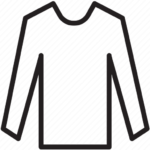 Long Sleeve T-shirts
Long Sleeve T-shirts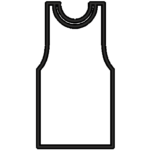 Tank Top & Sleeveless
Tank Top & Sleeveless Tie-Dye T-shirts
Tie-Dye T-shirts Soft Tri-Blend T-shirts
Soft Tri-Blend T-shirts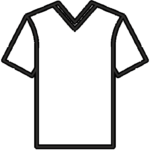 V-Neck T-shirts
V-Neck T-shirts Pocket T-shirts
Pocket T-shirts Made in USA
Made in USA Sweatshirts Hoodies
Sweatshirts Hoodies Hoddies
Hoddies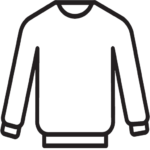 Crew Neck Sweatshirts
Crew Neck Sweatshirts Full Zip Sweatshirts
Full Zip Sweatshirts Quarter Zip Up Pullover
Quarter Zip Up Pullover Heavyweight Sweatshirts
Heavyweight Sweatshirts Fleece Jackets & Pullovers
Fleece Jackets & Pullovers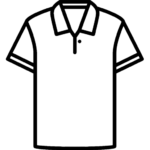 Polo T-shirts
Polo T-shirts Performance Polo Shirts
Performance Polo Shirts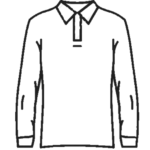 Long Sleeve Polo Shirts
Long Sleeve Polo Shirts Golf Polo Shirts
Golf Polo Shirts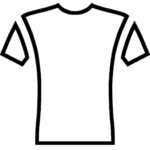 Short Sleeve Performance Shirts
Short Sleeve Performance Shirts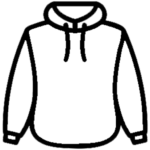 Performance Sweatshirts & Hoddies
Performance Sweatshirts & Hoddies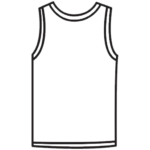 Performance Tanks
Performance Tanks Quarter Zip Performance Shirts
Quarter Zip Performance Shirts Rash Guards Swim Shirts
Rash Guards Swim Shirts Performance Sweatpants & Joggers
Performance Sweatpants & Joggers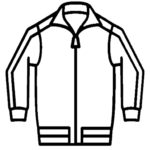 Track Jackets
Track Jackets Shorts
Shorts Nike
Nike Adidas
Adidas Outerwear
Outerwear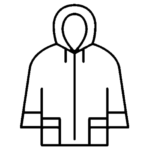 Rain Javkets
Rain Javkets Insulated & Down Jackets
Insulated & Down Jackets The North Face Jackets
The North Face Jackets Work Jackets
Work Jackets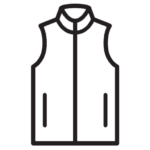 Vests
Vests Gyms & Fitness
Gyms & Fitness Landscaping
Landscaping Pets store
Pets store Band & Orchestra
Band & Orchestra Club
Club School Pride
School Pride Hanukkah
Hanukkah Mardi Gras
Mardi Gras Mothers Day
Mothers Day New Years
New Years Patriotic
Patriotic St. Patrick’s Day
St. Patrick’s Day Thanksgiving
Thanksgiving Valentines Day
Valentines Day Cheerleading
Cheerleading eSports
eSports Football
Football Golf
Golf Lacrosse
Lacrosse MMA & Boxing
MMA & Boxing Mud Runs
Mud Runs Hockey
Hockey Pickleball
Pickleball Poker
Poker Soccer
Soccer Swimming
Swimming Tennis
Tennis Track & Field
Track & Field Volleyball
Volleyball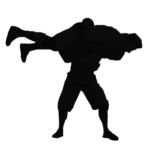 Wrestling
Wrestling